The Bear Ritual of the Ainu
The Ainu are an aboriginal hunter/gatherer/fisher people who once inhabited many of the islands that bound the southern half of the Sea of Okhotsk north of the main Japanese island of Honshu. There were Ainu populations, now extinct, who were on the Kurile islands. The few hundred Ainu who inhabited the southern half of Sakhalin Island were relocated to the northern Japanese island of Hokkaido at the end of World War II when Sakhalin became a territory of the recently defunct USSR. The origins of the Ainu have been a puzzle to physical anthropologists since they were first observed by Westerners in the late nineteenth century.The interest of the Ainu to us concerns the most spectacular element of their culture which served to call the Ainu to the attention of the Western world. The Ainu practiced an elaborate bear cult into the 1920s which immediately calls to mind the Paleolithic bear cult and the epiphany of the Great Goddess as Bear Mother. The Ainu captured a bear cub, nurtured it for months and then sacrificed it during an elaborate ritual. They are the only people to have retained a full fledged bear cult into the twentieth century and the Paleolithic elements are unmistakable; the Ainu are truly spectacular from a Western anthropologist's viewpoint.
The bear in Ainu ritual is distinctly masculine and not the Great Goddess as Bear Mother. It would certainly be 'inappropriate' to sacrifice the Bear Mother who represents the Goddess as Life Giver. This Ainu bear is the earthly manifestation of the head of the mountain gods, Chira-Mante-Kamui; his bear form is his disguise when visiting the earth. The Ainu gods view humankind as equal to them. They wish to be on the best of terms with human beings because the offerings made during rituals reach the kingdom of the gods where they become the banquet items when the gods themselves hold festivals. The flesh and skin of the deity's disguise is the god's offering to humankind. The ritual surrounding the bear frees the god to return to his kingdom where the deities can enjoy the fruits of the ritual; those ritual 'fruits' magically increase when they reach the abode of the gods.
The dead bear is placed before the altar, offerings are made to it and dances are performed. Festivities last for three days and nights. On the first night, to the left of the fireplace, a secret ceremony is performed called Keo-Mante, which means sending the dead body off. The brain, tongue and eyeballs are taken out of the skull and it is filled with flowers. This ceremony is held at midnight and it sends the Chira-Mante-Kamui's spirit back to his mountain heaven home. No women are allowed to take part in this particular ceremony. It is important to realize that these ceremonies do not involve making peace with the bear's spirit because it provided food for humans. Their relationship with a god is the primary focus of the ceremonies, not the mere acquisition of calories which mandates the placation of the animal spirit (Kindaichi 1949).





 Alaska Time
Alaska Time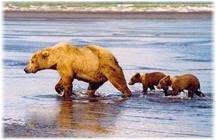













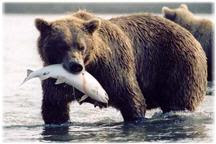
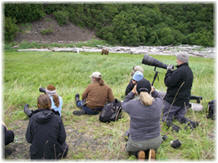




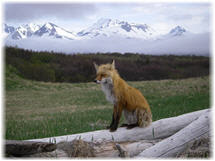


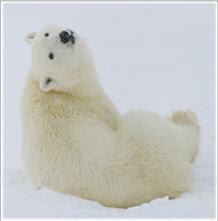







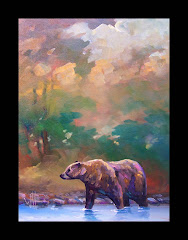





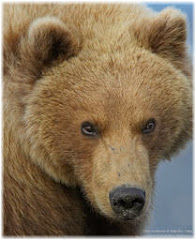




No comments:
Post a Comment